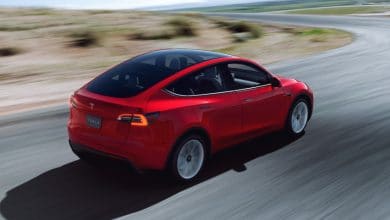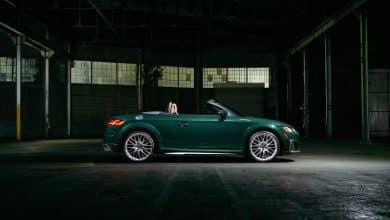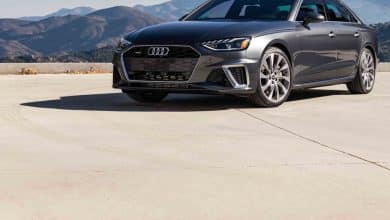Munich Fair: Self-containment

Contents
(MUNICH, Germany) Audi GrandSphere Concept
PHOTO PROVIDED BY AUDI
The Audi GrandSphere Concept
Presented in the public space of the Munich event, the GrandSphere Concept gives a foretaste of the future A8 (2025-2026), of course, but above all of the Artemis project on which the brand with the rings has been working for a long time.
Artemis is the name given to this innovative architecture supposed to adopt dry batteries (or solid electrolyte, if you prefer) particularly efficient in terms of consumption. In addition to a technology very different from that currently used by Audi, this project also addresses the integration of a more advanced autonomous driving device (level 4). Moreover, in autonomous mode, the steering wheel and the pedals disappear to bring to the fore a vast curved panoramic screen whose image is projected through the wood of Charme resulting from a sustainable and reproducible culture.
BMW i Vision Circular

PHOTO PROVIDED BY BMW
The BMW i Vision Circular
In the street, this study would occupy roughly the same space as the i3. Here the comparison ends. BMW’s i Vision Circular concept will never see the light of day. At least in this form. However, several of its aesthetic codes will be integrated into the future i1 and iX1 that the Munich brand is currently concocting. But the i Vision Circular does not stop there and especially ensures to introduce the integration of 3D printing in the manufacture of parts.
This process makes it possible, in the present case, to reduce by some 80% the quantity of parts usually necessary for the manufacture of a motor vehicle. In addition to a significant reduction in components, these have the particularity of being made from 100% recycled materials. The same goes for the energy storage device: the fully solid battery of the BMW i Vision Circular is 100% recyclable and made almost entirely from recycled materials. It will achieve a much higher energy density while significantly reducing the use of the most valuable resources.
Mercedes EQ

PHOTO PROVIDED BY DAIMLER AG
Mercedes has obtained official certification from the German government to market vehicles with a level 3 semi-autonomous driving device.
The oldest automobile brand in the world takes up not only the all-electric challenge, but also that of assisted driving. Moreover, Mercedes took advantage of this event dedicated to mobility to announce that it had obtained official certification from the German government to market vehicles equipped with a level 3 semi-autonomous driving device, which allows the motorist to take his eyes off the road – under certain circumstances.
This system called Drive Pilot allows you to travel at 60 km / h and is able to perform several maneuvers, including overtaking. The Drive Pilot will be offered as an option on the S-Class and EQS. For the time being, this device is approved by the German authorities and by two American states (California and Nevada). No timeline for its offer on the Canadian market has been announced.
As part of this mobility show, Mercedes also presented its future EQB (a small seven-seater utility vehicle) and EQE (a mid-range sedan). Two models that will make a career in Canada during the year 2022 in the company of the flagship, the EQS. The star firm has also lifted the veil on a utility version of the EQS: the Maybach Concept EQS. Finally, like Renault (the 5) and General Motors (Hummer EV), Mercedes is revisiting one of its classics with an electrified G-Class. This one, which is scheduled to be marketed in 2025, has no less than four electric motors (one for each wheel).
Volkswagen ID. Life

PHOTO PROVIDED BY VOLKSWAGEN
The Volkswagen ID. Life
The price of electric vehicles is set to drop and Volkswagen intends to demonstrate this with the ID. Life. This vehicle that Volkswagen intends to market within two years will be offered at a price of less than 20,000 euros (CAN $ 29,000), before government reductions.
To reduce costs, the German manufacturer adopts a 57 kWh battery (expected range of 400 km) and abandons the expensive infotainment screen. Instead, Volkswagen intends to offer a small support where the motorist can consult, through a specific application, the screen of his mobile phone to manipulate the controls. As for the instrumentation unit, it also disappears in favor of a head-up device.













